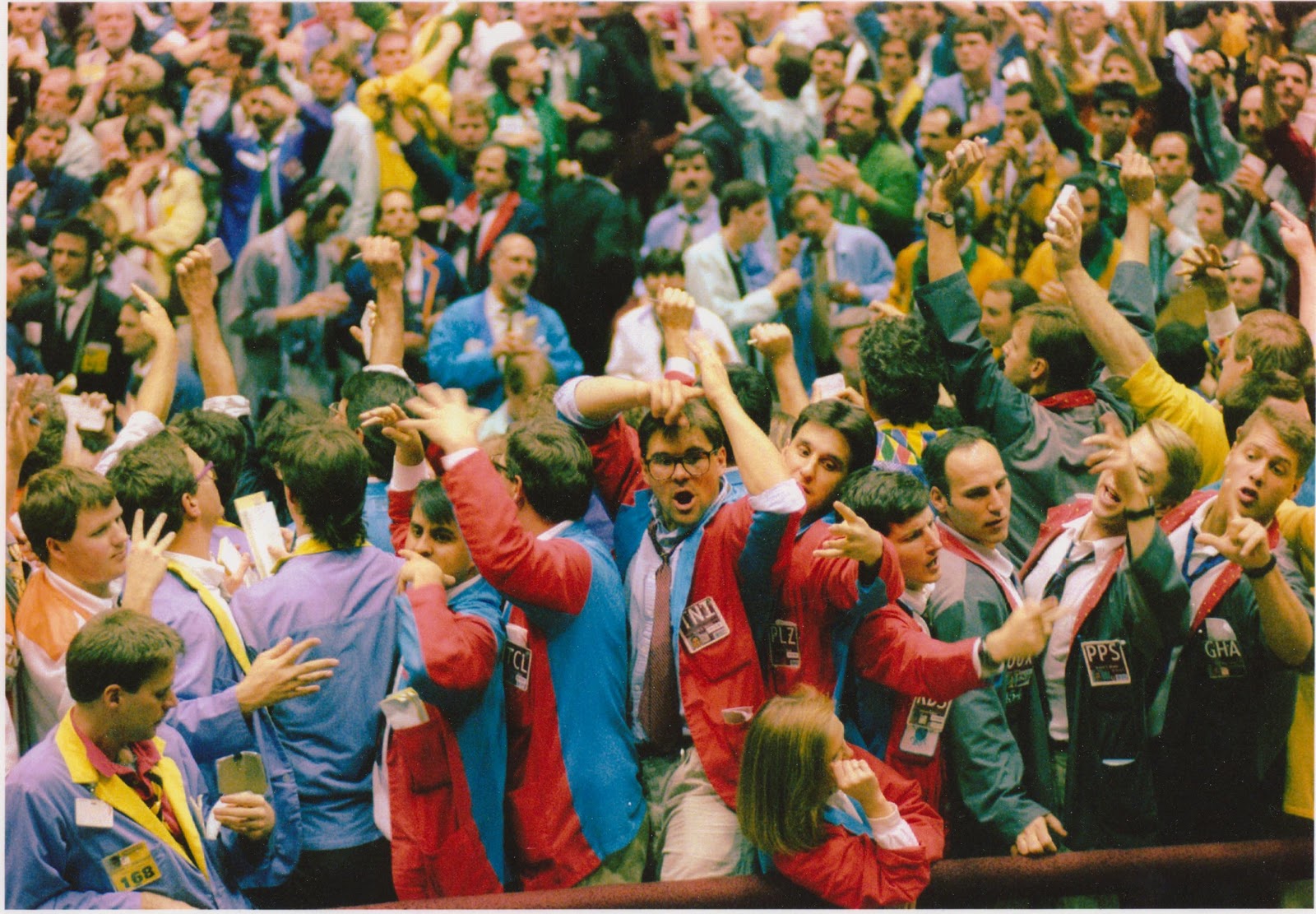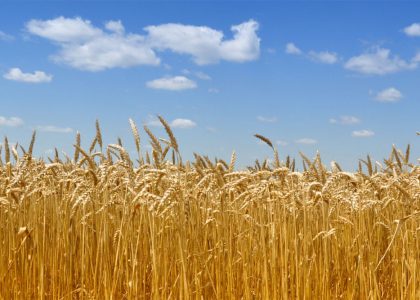The agricultural commodities produced and traded domestically have all fallen precipitously through this summer’s growing season. Maximum planted acreage and ideal growing conditions have combined to drive many of the agricultural commodities to multi-year lows. In fact some of the technical readings these markets have been registering are just as shocking as the growth in many commercial traders’ positions. Since no individual market really stands out, we’re going to discuss the current state of these markets while attempting to get a hold on what it means going forward.
Corn, soybeans and wheat have declined by 30%, 25% and 16% respectively since the May highs. Meanwhile, cotton, orange juice and sugar have declined by 29%, 12% and 10% respectively. These trends have been in place long enough to attract trend following money. Classic technical analysis tells us that open interest should grow proportionately to the trend’s length and scale. However, only two of the markets mentioned fit that picture; cotton and sugar. Open interest in soybeans is growing but its growth appears to be tied to the market’s rally off the April lows as it has swelled in the November contract while consolidating between $11.06 and $11.76 over the last month. Meanwhile, open interest in corn, wheat and orange juice has declined substantially even as these markets have fallen.
The depth of the declines of these markets has caused our proprietary market momentum indicator to register multi-year lows in several of these markets. We’ve seen the lowest reading in corn and soybeans since September of 2004 and the lowest reading ever in wheat. Yet, in spite of these moves to multi-year lows in price and momentum, commercial traders have been huge buyers in nearly all of these markets. Our macro outlook on the agricultural markets in general has been one of consistently higher prices expected going forward as the global economy develops and the proportion of the world’s population eating higher nutrient filled diets continues to grow. We discussed this ratcheting price paradigm in, “Commercial Traders Support Wheat’s Seasonal Bottom.”
The commercial trader buying presence has been nothing short of astounding. These are the processors or consumers of the commodity being traded. Their job is to lock up lower input costs going forward thus, any time they can purchase raw materials at prices below their implied values, they will. This is why we’ve seen 11 straight weeks of commercial net purchases in the corn market along with 10 straight weeks of net purchases in soybeans, wheat and cotton. Meanwhile, commercial traders have been net purchasers for 5 straight weeks in orange juice and 3 straight weeks in sugar.
The amount of their net purchases is just as telling as their consistency. Commercial traders have been net buyers to the tune of 220k contracts in corn, 80k contracts of wheat and240k contracts in soybeans. Putting this in perspective, that’s a 17% turnover in corn, 16% in wheat and a whopping 40% turnover in soybean futures. These figures illustrate two points. First, the downward trend in corn and wheat is most likely coming to an end. Secondly, the massive turnover in soybeans represents a growing concentration of commercial traders who feel that this year’s soybean crop represents a clear buying value for their respective enterprises.
Our philosophy in following the commercial traders has never been to jump in just because they are. Speculators’ trading needs are different than the corporate accountants locking in future input costs. Therefore, we use the combination of growing commercial interest simply as our first screen to determine which side of the market we should be watching. While we’ve clearly missed much of these very tradable price declines, we understand and accept that we won’t catch every trade. Our second step is to wait for market action to create some pressure against the commercial traders’ position. Clearly, these markets are oversold. This pressure implies that a rebound to the commercial traders’ consensus value area cold come quite rapidly once the markets turn back higher. Finally, we wait for the market to turn higher before entering. Never catch a falling knife. We’ll continue monitoring these markets as we wait for the market to tell us its finally safe to buy. Finally, we’ll place a protective sell stop below whatever ends up being the multi-year low for these moves.






